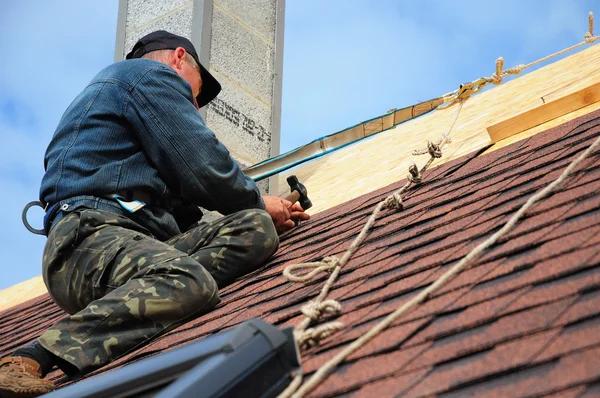Whether you live in a big city or a small town, chances are you have encountered household pests at some point. These unwelcome intruders can range from pesky insects to elusive rodents, and they can cause a lot of frustration and inconvenience for homeowners. While some may write off pests as an inevitable annoyance, the truth is that there are hidden dangers associated with these critters that should not be ignored.
One of the main concerns when it comes to household pests is the potential damage they can cause to your property. Termites, for example, can silently feast on your home’s wooden structures for years without being detected. This can lead to costly repairs and even compromise the structural integrity of your house. Other pests like rats and mice are notorious chewers and can destroy insulation, electrical wiring, and even furniture.
In addition to physical damage, many household pests also pose health risks. Cockroaches carry bacteria and allergens that could trigger asthma attacks in susceptible individuals. Rodents often bring fleas with them into homes which can transmit diseases like plague or Lyme disease through their bites. Even seemingly harmless insects like bed bugs have been known to cause allergic reactions in some people.
So how do these pesky creatures make their way into our homes? Contrary to what many may think, having a clean home does not necessarily guarantee protection against infestations. Pests are opportunistic creatures that will take advantage of any entry points or food sources they come across in their search for shelter.
Cracks in walls or gaps around windows are common ways for insects like ants or cockroaches to enter a home. Mice and rats usually squeeze through small openings around pipes or vents on the exterior walls of houses.
Pests often thrive in areas where food is easily accessible such as kitchens or pantries filled with crumbs or uncovered produce left out on counters overnight. They may also find refuge in cluttered areas where hiding spots are plentiful, such as basements or attics.
So, what can homeowners do to prevent a Pest controller infestation? The first step is to seal up any potential entry points by repairing cracks and gaps in walls and sealing off any holes around pipes or vents. Keeping food sealed and properly stored also takes away pests’ access to a food source.
Regular cleaning and decluttering are also crucial in keeping pests at bay. Making sure kitchens are kept clean and free of crumbs, regularly vacuuming floors, and disposing of garbage properly are all important steps in pest prevention.
In some cases where an infestation has already occurred, it may be necessary to seek the help of a professional pest control service. These experts have the knowledge and tools needed to effectively eliminate pests from your home while also providing preventative solutions for long-term protection against future invasions.
In conclusion, while household pests may seem like just a nuisance at first glance, it’s essential to understand the hidden dangers associated with them. From property damage to health risks, these unwelcome critters can have serious consequences. By taking preventive measures at home and seeking professional help when needed, homeowners can protect their families from these hidden dangers lurking in the cracks.



